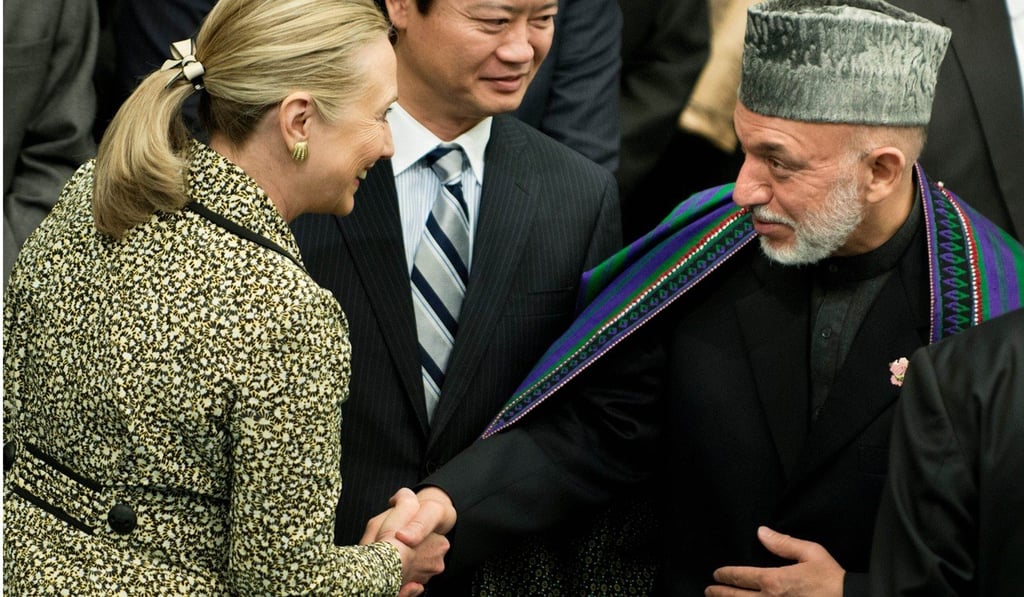Lessons for China in failed US Silk Road initiative
Washington’s plan was underfunded and under-resourced compared with Beijing’s ‘Belt and Road’ scheme

The contrast between Beijing’s and Washington’s support for a revitalised Silk Road could not be clearer.
This month’s Belt and Road Forum for International Cooperation, a gathering of existing and potential stakeholders in China’s trade development initiative, will welcome national leaders including Russia’s Vladimir Putin, Myanmar’s Aung San Suu Kyi and Indonesia’s Joko Widodo to Beijing.
Meanwhile, US President Donald Trump, already in office for more than 100 days, has yet to appoint an ambassador to Afghanistan, which sits at the centre of a Silk Road initiative the US Department of State began promoting in 2011.
Compared with China’s “Belt and Road Initiative”, Washington’s plan was underfunded and under-resourced after then secretary of state Hillary Clinton formally proposed it in 2011, observers say.
The US initiative also lacked the Pacific-to-Atlantic scope that would have made it more appealing to stakeholders across the world’s biggest land mass and that might have attracted more international support.
